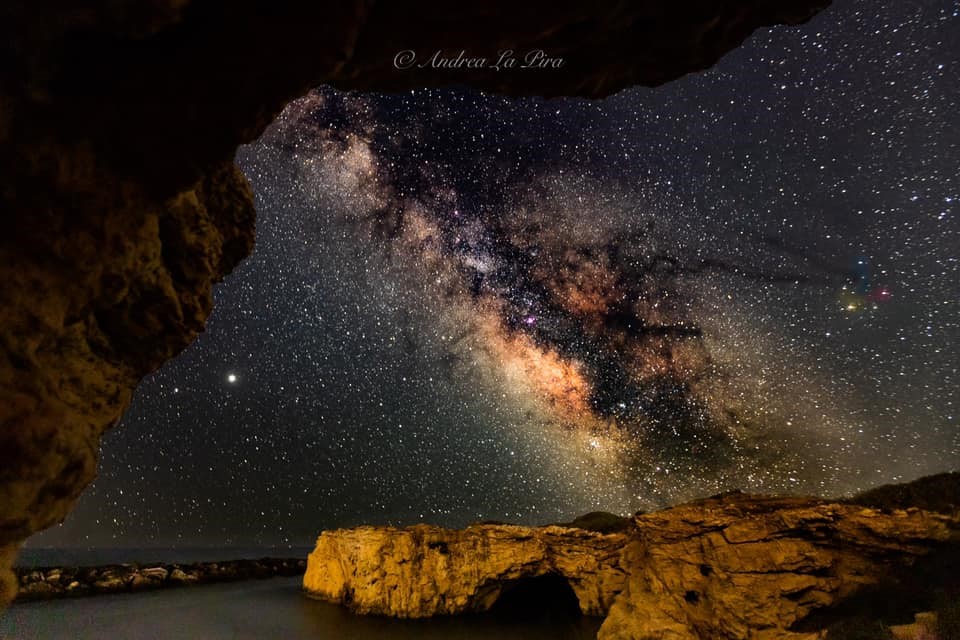When you look up at the skies, you may have asked yourself a question. What lies beyond these skies? The question followed by many other questions, and when you can answer one question, many other arguments pop up in your mind seeking their answers. The magical Universe holds infinite mysteries and anomalies that are beyond human understanding, no matter how advanced technologies we have. The human race has to learn more and more about the Universe each passing day. The science of space is fascinating but complicated at the same time.
Once upon a time, human expeditions were constrained to our planet Earth or just observing the glowing icons on the night sky, but with the technology we possess now, we have traveled beyond our solar system, we can look beyond our galaxy, and are able to decipher the greatest mysteries of space-time, and unlock new limits of the Universe. We developed Astrobiology to study the composition of exoplanets and their moons in search of new life possibilities. We established Astrochemistry to study about the formation & anatomy of stars and heavens. We progressed with Astrophysics to learn about the rhythms and patterns of the heavenly objects and everything in the cosmos. We keep progressing by decrypting depths and enigmas of our Universe with the help of studying them through these fields and with a lot more, including Physical Cosmology, Extragalactic Astronomy, Galactic Astronomy, Steller astronomy, Solar Astronomy, Planetary Sciences, etc. The question is how much we know about ourselves, about this Earth we call home, about the Solar System that has a life-supporting planet, about the galaxy whom our Sun is a part of, and everything within this Universe.
We are in the Golden Age of Exploration but are still unaware of our past, and neither can we predict our future. We know so little about the Universe. We haven’t even the mere insight of the first page of “History of Universe and Its Future.” There was a time when skies were a threshold for the human race, and many dedicated and lost their entire lives for this cause until the Wright Brothers succeeded in achieving the milestone at the beginning of the 20th century. After that, humanity started looking beyond the skies, and space became their new threshold until they grew their capabilities well enough to step in outer space and land on the Moon in the Mid-20th Century. Since then, the human race has achieved many milestones by sending space missions to other planets and outer space in search of knowledge and extra-terrestrial life. With the advancement of technology, we developed to capacitate ourselves by developing telescopes and looking beyond the skies. Through them, we can unveil many hidden mysteries and secrets of the heavens. Now we know that there are around three and a half billion to five billion stars only in our Milky way galaxy. With the help of these high-resolution telescopes, we know that there are possibly trillions of galaxies in our universe roaming in massive space. We know how stars are formed, how they live their lives, and how they possibly end with a supernova or a neutron star or a black hole.

We can predict the life of the Universe and its vastness through our knowledge of science and mathematics and can also estimate the movements of all heavenly bodies and answer many questions from quarks to quasars. We know that the Universe is expanding, and its expansion is accelerating with time. We know everything in the Universe has a life span, and when it dies, it becomes responsible for giving birth and life to something else. We know the chemical compositions of stars, elements they inherit, and the light they produce. We know that the clouds of gas and dust, which we call nebulae, are formed after the death of a single star, which gives birth to several other stars. We know about the wonders of comets, asteroids, and hundreds of thousands of others such objects that exist in our Universe.
The human quest for the understanding of the Universe has never stopped. We evolve with the technology opening new gateways of space explorations and finding new horizons beyond our skies. We are looking into new ideas that were long beyond the reach of human imaginations in past centuries. We are trying to connect to other worlds that support life and give us an opportunity to evolve in a better way. We have developed applied sciences to craft incredible space technologies in terms of communications, observation of the Earth, global positioning services through satellites, and giving a boom to space manufacturing and industrialization with the construction of the International Space Station (ISS).
Until now, there have been more than 135 flights of the Space Shuttle with the launch of more than 8,000 space objects, including satellites, space probes, rovers for the Moon & Mars, and dozens of exploratory missions throughout the Solar System. Space agencies throughout the world are now looking back to the Moon, and they have a plan to colonize the Moon before colonizing Mars because they know setting foot on Mars will never be easy until they learn to understand the way of survival at Moon first. There are now more than 2000 private companies working on space activities within different capacities. The government space agencies are also collaborating in this quest for space exploration. The eyes are set on orbital habitats, space manufacturing platforms, space greenhouses, harnessing asteroids, and advanced satellite technologies. The space industry is expected to contribute trillions of dollars to the global economy in the coming years.
The future of Space Science holds a technological revolution. There will be more advanced orbiting scientific spacecraft, missions to other planets, and to their moons, as well as surface rovers and robotic geologist providing us with the profound details about the surface and atmosphere of Mars. In the coming years, we can expect state-of-the-art sensors, equipment, orbiters, hot air balloons, penetrators, landers, satellites, and so on to help us discover the riddles of new worlds.

The advancement has surprised us by the knowledge that we gained by analyzing the data collected in all those years of research and observation. We know the ways have observatories and laboratories throughout the world, collecting data and turning this data into useful information that helps us gaining knowledge about the evolution of the Universe. We are now able to understand more deeply than ever about the black holes, neutron stars, exoplanets, binary star system, nebulas, comets, asteroids, gravitational waves, dark matter, dark energy, cold spots, cold ions, subatomic particles, anti-particles, space-time expansion and many other mysteries that were never even identified some decades back. The knowledge about them is very little, but we have the direction. We know now more than ever from where to begin our quest, and we know one thing that the human mind holds as many wonders as the Universe itself. The curiosity of the human mind will lead him to watch the conundrums with an insight to develop its capabilities to avoid and major catastrophic impact.
With the help of our time machines in the form of telescopes like Hubble, Spitzer, and Chandra, we look back in time into the miracles of nature and broadening the dimensions of our visualizations. We weren’t able to imagine things that we have the ability to envision now. In the future, with the space telescopes like James Webb Space Telescope (JWST), Herschel, NuSTAR, Planck, GLAST, Con-X, LISA, JDEM, we will be able to widen our prospects of imagination even more. They will help us see back in time, at the early stages of the Universe, and identifying the secrets lying behind the curtains of its development. Within the next decade, we will be able to decode many other hidden treasures of the cosmos and the breathing life. For we can hope that human understanding of the science of strange cosmos envision us to live with its true purpose.
Also Read: China, UAE, U.S all probing Mars. What’s the difference?

Hassaan Bin Zaki is a Space Science graduate, a passionate public speaker and an enthusiastic creative content writer. He is the Founding President of the Society of Astronomy and Space Technology (SAST). He is also the Project Lead of Rah-e-Qamar Pvt. Ltd. for Karachi Chapter which is a space-based private company. He holds a vision to evolve his country in making breakthroughs in the field of Space Science and Technology and to unleash the true potential of his country in front of the world in each and every field.

